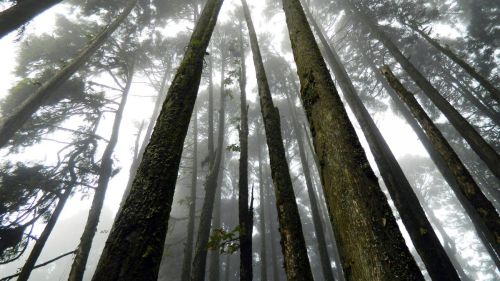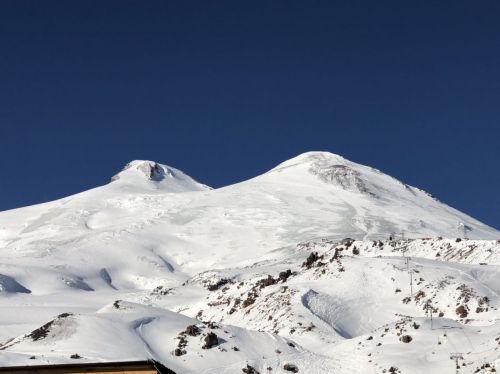Taiga is a boreal forest consisting mainly of spruce, pine, and larch, and to a small extent, deciduous trees. It is found in the northern parts of Asia, North America and Europe within a cool temperate climate. Most of the coniferous forest zone has permafrost. The harsh conditions prevailing in the taiga make life impossible for many representatives of flora and fauna. Despite this, both plants and animals and even people live there.
The stands are usually single-trunked and composed of a small number of pin tree species such as spruce (Picea), pine (Pinus), fir (Abies), and larch (Larix).
From the deciduous trees, which are rare in the taiga, we should mention alders (Alnus), poplars (Populus), birches (Betula), rowans (Sorbus), willows (Salix). The shrub layer is poorly developed. The well-developed undergrowth consists of shrubs from the heather family (Ericaceae), bryophytes and lichens.
Dark taiga occurs mainly in western Siberia (up to the Yenisei River and Lake Baikal). In the north, there are spruce and larch forests with an admixture of Siberian limber. In the middle part, the forests consist mainly of Siberian pine. Finally, in the south, there is a formation called urman, with stand dominated by Siberian spruce, Siberian fir and Siberian pine with an admixture of small-leaved lime.
Light taiga (luminous, fresh) occurs in central and north-eastern Siberia (east of the Yenisei). It consists of Dahurian larch and Siberian spruce with admixtures of various species of willows and dwarf birch.
These include elk, reindeer, and roe deer, among others. The largest animal in the taiga is the wood bison, found in northern Canada and Alaska and recently imported to far eastern Russia.
The small mammals of the taiga biome include rodents: beaver, squirrel, vole, grey hare and mountain hare. Some larger mammals, such as bears, feed abundantly in summer and hibernate in winter.
The predatory mammals of the taiga must be adapted to travel long distances in search of scattered game. Predators of the taiga include lynx, stoat, weasel, sable, marten, otter, American mink, American black bear, Himalayan bear, Siberian tiger, and others.













